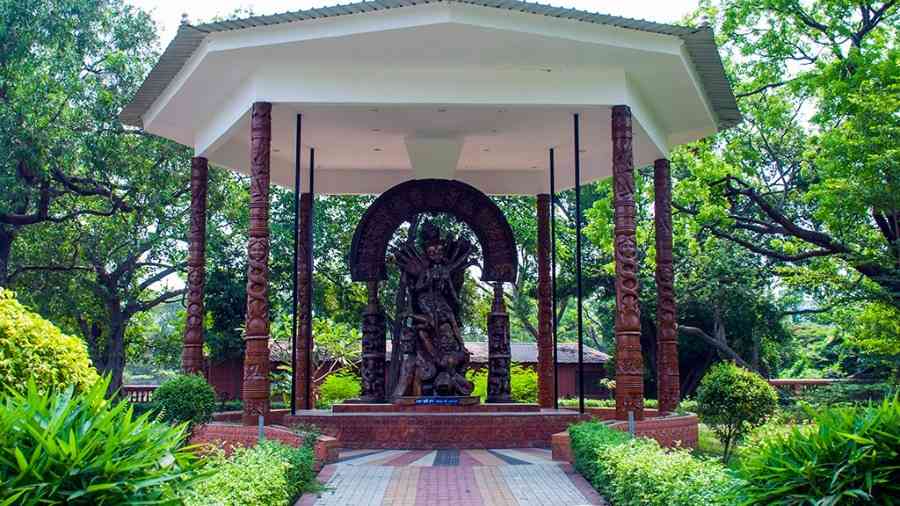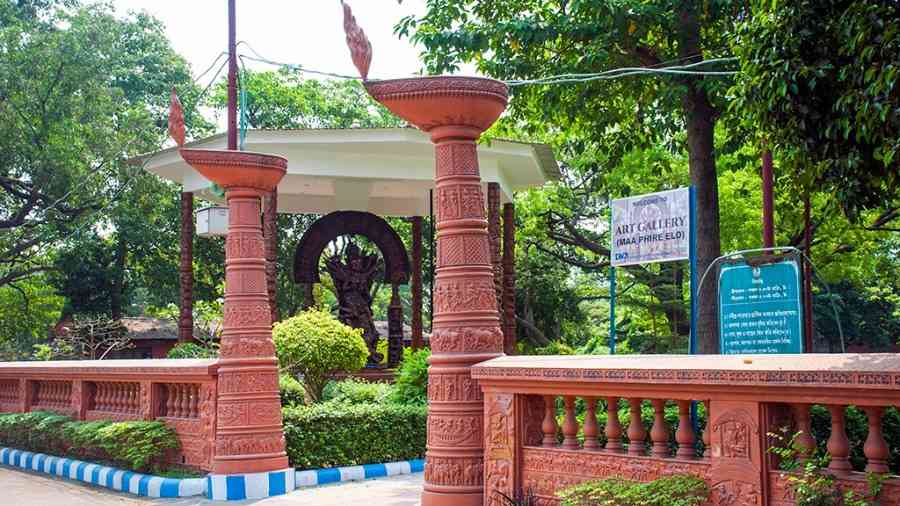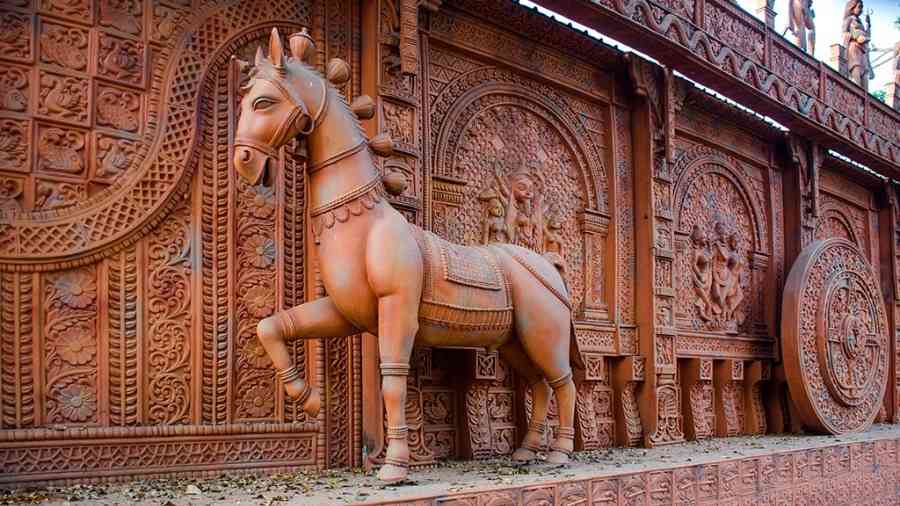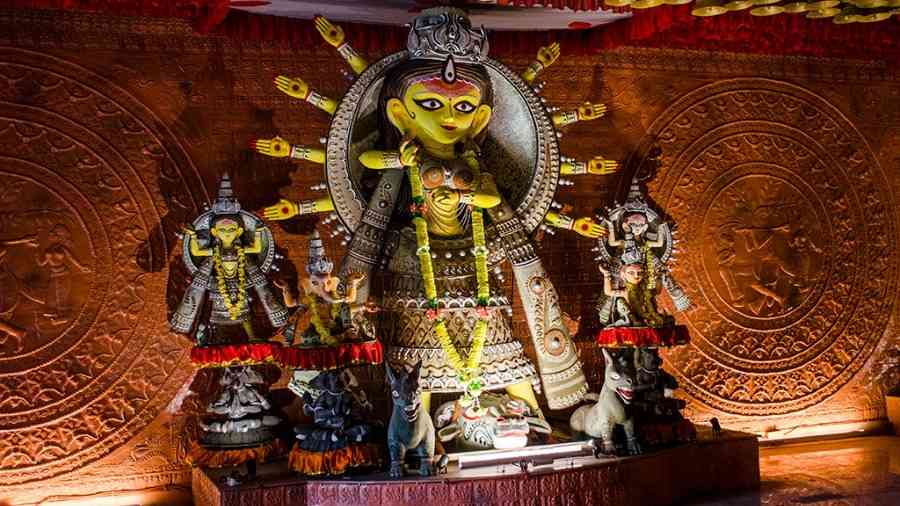Durga Puja, considered one of the greatest festivals of India, secured the UNESCO Heritage Tag last year. Heritage is not just buildings and structures, it can also be natural wonders and even cultural events. For example: The Sundarban Biosphere Reserve is also a UNESCO Heritage site under the category of natural heritage. On the other hand, Kumbh Mela is a cultural heritage that comes under UNESCO Heitage Tag. The latest addition being the Durga Puja in Kolkata.
The four-day long festivities during Durga Puja often extend over a week and turn the entire city into a temporary art gallery. Hundreds of pujas are organised all over the city. These pujas are usually centred around a theme, which can range anything from environmental conservation to women empowerment. The pandal, along with the idol and the surrounding installation, turns the entire area into a makeshift art gallery.
The city hosts over 4,000 pujas and it is impossible even for a diehard pandal hopper to visit the major pujas in this short span of time. But the worst part is that after the puja gets over, the fascinating artworks are simply torn apart to make space for daily public use. A year later, the process begins again only to be demolished.
In the last few years, things have changed a lot and several idols or pandal installations have been reinstalled at various hotel lobbies and luxury resort premises. Some have even made their ways into public places, like metro stations and public parks, for the general public to see. This way, the artworks are not only saved from destruction, but are also made accessible to people who couldn’t visit them during the pujas. However, these initiatives can save only a handful of idols and installations.

The Durga idol, which was a part of Chetla Agrani Club Puja in 2017, has been installed on the left of the entrance
So, the city was always in need of a Durga Museum. Finally, in 2012, Kolkata got its first Durga museum, officially known as Maa Phire Elo – Durga Exhibition Museum. Maa Phire Elo, literally means ‘return of the mother’. The museum is housed at Rabindra Sarobar complex and is located on the southern side of the lake. It is best if you approach from Gate No. 2 (Rail Gate).

The museum gateway is flanked by two huge decorative terracotta lamps, complete with flames
The museum gateway is flanked by two huge decorative terracotta lamps, complete with flames. Straight ahead is a tower-like structure with ‘Maa Phire Elo’ written on it. But nothing is mentioned about the origin of the structure and its Durga Puja connection. The open space surrounding the tower houses three Durga installations. Immediately, on the left of the entrance, you will find a Durga idol that was a part of Chetla Agrani Club Puja in 2017. It is placed under an open shed supported by ornamental pillars. On the right is a beautifully decorated Durga idol housed inside a shade with a glass panel in front of it. Nothing is mentioned about the origin of this idol. Behind it is another similar shed, without the glass cover, housing an unmarked Durga idol, complete with her children.

The outer and inner walls of the museum are decorated with terracotta panels
On the right side of the tower is the gallery — its outer and inner walls are decorated with terracotta panels. Sadly, the panels are made of moluds and lack the grace or beauty of those found in Bengal’s terracotta temples. The gallery houses a total of 10 idols, some of which are acquired from prominent Durga Pujas of the city. Four of the idols have been added in recent times. The new installations lack boards and have made the gallery a little cramped.
The museum has a very low footfall and most of the visitors are those who drop there by chance when they go to Rabindra Sarobar.
Opening hours: 7am to 9am and 3pm – 5pm. There is no entry fee and photography is allowed.
